Raspberry Pi Zero Pwm Pins
Raspberry Pi Zero Audio Gpio Raspberry
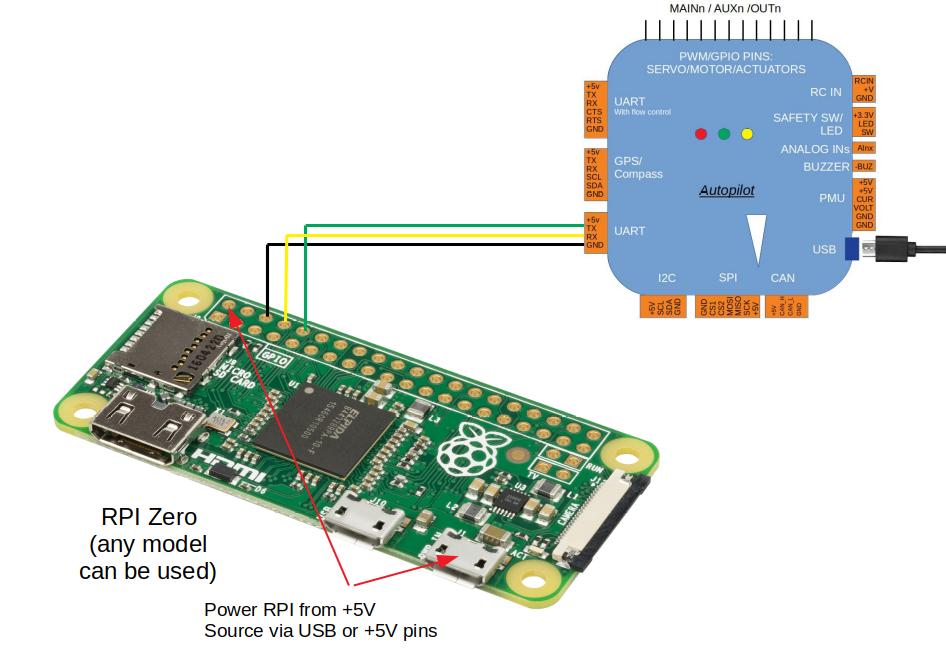
Communicating With Raspberry Pi Via Mavlink Dev Documentation

Swapping Gpio Pins On The Pi Zero For Audio Hackaday

Servo Pwm Pi Zero 16 Channel 12 Bit Pwm Controller

Raspberry Pi 3 Audio In Out Through Gpio Raspberry Pi Forums
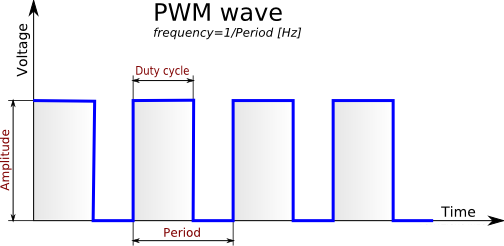
Hardware Pwm With Raspberry Pi Zero Codecubix
You can get to PWM0 on GPIO #18 (ALT5) and PWM1 on GPIO #13 (ALT0) or GPIO # 19 (ALT5) see the full list of pins and alternate functions here.

Raspberry pi zero pwm pins. A 40pin GPIO header is found on all current Raspberry Pi boards (unpopulated on Pi Zero and Pi Zero W) Prior to the Pi 1 Model B (14), boards comprised a shorter 26pin header Any of the GPIO pins can be designated (in software) as an input or output pin and used for a wide range of purposes. The Raspberry Pi Zero W board contains a single 40pin expansion header labeled as 'J8' providing access to 28 GPIO pins (Pins 1, 2, 39 & 40 are also labeled below) (click here for hiresolution image). Mini HDMI OTG Cable – Mini HDMI to standard HDMI Micro USB OTG Cable – Micro USB to Type A, to connect mouse, keyboard, etc 2× Pin Male Header – Can be soldered in to enable it to be able to plug in Pi HATs, GPIO cablees, etc like a normal Raspberry Pi 2× Pin Female Header – Can be soldered into the GPIO port.
The Raspberry Pi GPIO pinout guide This GPIO Pinout is an interactive reference to the Raspberry Pi GPIO pins, and a guide to the Raspberry Pi's GPIO interfaces Pinout also includes dozens of pinouts for Raspberry Pi addon boards, HATs and pHATs Support Pinoutxyz If you love Pinout, please help me fund new features and improvements. Mikegleasonjr changed the title Getting PWM to work with Raspberyyi Pi Zero W Getting PWM to work with Raspberryi Pi Zero W Dec 4, 17 mikegleasonjr changed the title Getting PWM to work with Raspberryi Pi Zero W Getting PWM to work with Raspberry Pi Zero W Dec 4, 17. The filters in the original Raspberry Pi did the exact same thing The schematic above shows both PWM audio channels, so let’s trim everything down and look at just one of them The PWM0_OUT is the unfiltered audio signal, and this comes directly from GPIO pin 13 or GPIO pin 18 (one for left audio and one for right audio).
It’s the 40 pins you can see on the Raspberry Pi, near the edge The goal of the GPIO Pins is to add some extensions to your Raspberry Pi For example, most of the Raspberry Pi HATs use these pins to connect with the Raspberry Pi You can also create your electronic circuit by using these GPIO pins with cables, LED and other accessories. PWM outputs 2 pins can be programmed to output PWM pulses PWM is useful when you want to dim a LED or make a poor man’s Digital to Analog Converter (DAC) On the Raspberry Pi’s with the 40 pin connector, 28 of the pins are available as GPIO. I’ve been converting my ST4i workshop from Arduino to Nodejs/Raspberry Pi and one of limitations is a lack of builtin PWM pins PWM or Pulse Width Modulation can be used to fade LEDs up and down rather than just turn them on and off If you’re new to PWM, here’s a full explanation at Sparkfun On the Pi Zero, you can only enable 2 hardware PWM pins at one time, and the library I’m.
Like On the Pi Zero, we dont have pins PWM0 (pin #40) and PWM1 (pin #45) those are not available on the PCB That would normally be super ( ( but it turns out that while those pads are not exposed, we can reroute those signals to other pins that we can get to!. You can also use PWM controllers such as PC685 PC685's 16 PWM GPIO pins again give you more flexibility than the few Rpi GPIO PWM pins The PWM pins can can actually be used as GPIO pins, if you set duty cycle to 100% Again you can also place many PC685 on one I2C bus, to get more than 64 PWM / GPIO pins to use. PC685 16 CH 12Bit PWM Servo Motor Driver Board Controller IIC Interface for Arduino Raspberry Pi Zero/Zero W/Zero WH/2B/3B/3B and Robot (2pcs) 48 out of 5 stars 15 $999 $ 9 99.
The SPI 0 is the serial peripheral interface bus lines Finally, the PCM pins provide pulse code modulated audio outputs ALT 1 The pins are used as a secondary memory bus Due to the design of the Raspberry Pi, this is of no use at all. Learn coding and computing with the latest allinone computer Read it now HackSpace issue 38 This issue we pay homage to some of the makers who are creating their own bit of movie fandom, whether that’s props, costumes, or a greatbig Ecto1. WiringPi includes a softwaredriven PWM handler capable of outputting a PWM signal on any of the Raspberry Pi’s GPIO pins There are some limitations To maintain a low CPU usage, the minimum pulse width is 100μS That combined with the default suggested range of 100 gives a PWM frequency of 100Hz.
The PWM pins provide the two pulse width modulated outputs;. The hardware solution The BCM25 is able to generate a true PWM on some particular GPIO pins thanks to its DMA configuration Several software interfaces are available to manage directly these hardware components as – Native C code (direct register access). The SPI 0 is the serial peripheral interface bus lines Finally, the PCM pins provide pulse code modulated audio outputs ALT 1 The pins are used as a secondary memory bus Due to the design of the Raspberry Pi, this is of no use at all.
If the pins represented by this class are not directly attached to a Pi (eg the pin is attached to a board attached to the Pi, or the pins are not on a Pi at all), this may return None class gpiozeroPin source ¶ Abstract base class representing a pin attached to some form of controller, be it GPIO, SPI, ADC, etc. To demonstrate PWM on the Raspberry Pi, first connect the Pi GPIO pins to an LED as shown in the diagram below The longer lead is the anode and connects to an 270 ohm resistor (or near 270) The slightly shorter lead of the LED is the cathode and connects to ground, pin number 6 of the Raspberry Pi (3rd pin from left on outside row). All you need is a Raspberry Pi, 3 jumper wires, and a Servo Motor You can also purchase a kit that has all of these components Servo motors have three wires (ground, signal, and power) First, attach the ground wire to GND on the Raspberry Pi Next, connect the signal wire to a GPIO pin on the Raspberry Pi.
Programming PWM Audio The BCM25 Libraries are used because they have intuitive and simple commands to control the PWM interface and you can archieve fast GPIO frequecies in standard C programming Configuring Dual PWM for RaspBerry Pi Using BCM25 Libraries 1 First of all start the BCM25 Library to access GPIO. I’ve been converting my ST4i workshop from Arduino to Nodejs/Raspberry Pi and one of limitations is a lack of builtin PWM pins PWM or Pulse Width Modulation can be used to fade LEDs up and down rather than just turn them on and off If you’re new to PWM, here’s a full explanation at Sparkfun On the Pi Zero, you can only enable 2 hardware PWM pins at one time, and the library I’m. The Raspberry Pi, for example, can use GPIO PWM on any GPIO pin so only four pins require connection to the HBridge Module However, a six wire connection scheme, including two PWM channels, is available.
Supply pins Input and Output Pins In Raspberry pi 4 all pins can read as well as write from 0v to 33vEvery pin can use the internal pullup and pulldown resistanceAlso, GPIO2 and GPIO 3 has to fix pull up resistance Rest all the pins can configure as pull up or pull down using the software A pullup resistor connects unused input pins to the dc supply voltage, (Vcc) to keep the given. Supply pins Input and Output Pins In Raspberry pi 4 all pins can read as well as write from 0v to 33vEvery pin can use the internal pullup and pulldown resistanceAlso, GPIO2 and GPIO 3 has to fix pull up resistance Rest all the pins can configure as pull up or pull down using the software A pullup resistor connects unused input pins to the dc supply voltage, (Vcc) to keep the given. The Raspberry Pi, for example, can use GPIO PWM on any GPIO pin so only four pins require connection to the HBridge Module However, a six wire connection scheme, including two PWM channels, is available.
PWM stands for Pulse Width Modulation and it is a technique used in controlling the brightness of LED, speed control of DC motor, controlling a servo motor or where you have to get analog output with digital means The Raspberry pi GPIO pins either gives us 33V (when turned HIGH) or 0V (when turned LOW) and the output is a square wave signal. It’s the 40 pins you can see on the Raspberry Pi, near the edge The goal of the GPIO Pins is to add some extensions to your Raspberry Pi For example, most of the Raspberry Pi HATs use these pins to connect with the Raspberry Pi You can also create your electronic circuit by using these GPIO pins with cables, LED and other accessories. Raspberry Pi Zero Starter Pack Includes Pi Zero v13 $5495 Add to Cart.
The Raspberry Pi’s GPIO pins Okay, let’s talk Raspberry Pi GPIO pins Every member of the current Raspberry Pi lineup has a 40pin “GPIO header” — a place to put GPIO pins — on it Most models of Raspberry Pi also have the pins themselves The exceptions are the Pi Zero and Pi Zero W, which have “unpopulated” (read no pins!). Raspberry Pi connectivity, compatible with Raspberry Pi Zero/Zero W/Zero WH/2B/3B/3B I2C interface, only 2 pins are required for moving and light intensity sensing Onboard PC685 chip, provides 12bit resolution PWM signal for moving control. The PWM pins provide the two pulse width modulated outputs;.
Every Pi model since the Raspberry Pi B has had 40 GPIO pins, though on the Pi Zero and Zero W, you have 40 holes that you can solder pins or wires into This guide has been updated to reflect the. Run a Raspberry Pi via HAT If you’re looking to run the Raspberry Pi via the GPIO pins, then it’s best to go via a HAT The hardware sits on top of the GPIO pins and adds the safety features you need Power over Ethernet Supplying charge to your Raspberry Pi via the Ethernet cable is an attractive proposition, but it’s not provided as. PWM outputs 2 pins can be programmed to output PWM pulses PWM is useful when you want to dim a LED or make a poor man’s Digital to Analog Converter (DAC) On the Raspberry Pi’s with the 40 pin connector, 28 of the pins are available as GPIO.
If you’re using the Raspberry Pi B, 2, Zero, 3 or the latest Raspberry Pi 4 Model B, you’ll discover that your board have a total of 40 GPIO pins The older iterations of the RPI such as the Raspberry Pi Model B, will only contain a total of 26pins. The Raspberry Pi has 40 GPIO pins that connect to sensors, lights, motors and other devices Here's a map and detailed explanation of what each does, including on the Pi 4. If you’re using the Raspberry Pi B, 2, Zero, 3 or the latest Raspberry Pi 4 Model B, you’ll discover that your board have a total of 40 GPIO pins The older iterations of the RPI such as the Raspberry Pi Model B, will only contain a total of 26pins.
Space the legs horizontally, with the anode closer to the extension board Then connect a GPIO pin – I’m using pin 13 – to the anode Now use one of your resistors to connect the cathode to the negative power rail It’s important to use a resistor, otherwise, the LED will try to draw too much current and could fry your Raspberry Pi. The Raspberry Pi Zero made history by becoming the first computer given away in a copy of a magazine The MagPi, the official Raspberry Pi magazine, included a Pi Zero 10 with each copy of its Issue number 40 in December 15 The Pi Zero was encased in plastic on the front cover The current Raspberry Pi Zero is model 11, which has a small. In this Raspberry Pi PWM tutorial we will talk about getting PWM output with Raspberry Pi PWM stands for ‘Pulse Width Modulation’ PWM is a method used for getting variable voltage out of constant power supply We will generate PWM signal from PI and demonstrate the PWM by varying the Brightness of a LED, connected to Pi.
I’ve been converting my ST4i workshop from Arduino to Nodejs/Raspberry Pi and one of limitations is a lack of builtin PWM pins PWM or Pulse Width Modulation can be used to fade LEDs up and down rather than just turn them on and off If you’re new to PWM, here’s a full explanation at Sparkfun On the Pi Zero, you can only enable 2 hardware PWM pins at one time, and the library I’m. WiringPi includes a softwaredriven PWM handler capable of outputting a PWM signal on any of the Raspberry Pi’s GPIO pins There are some limitations To maintain a low CPU usage, the minimum pulse width is 100μS That combined with the default suggested range of 100 gives a PWM frequency of 100Hz. Using the Raspberry Pi hardware PWM timers 09 Apr 17 The Raspberry Pis have two hardware timers capable of generating a PWM signal The README in the RPi kernel overlays directory shows the pins where the PWM timers are accessible Name pwm Info Configures a single PWM channel Legal pin,function combinations for each channel PWM0 12,4.
If you’re using the Raspberry Pi B, 2, Zero, 3 or the latest Raspberry Pi 4 Model B, you’ll discover that your board have a total of 40 GPIO pins The older iterations of the RPI such as the Raspberry Pi Model B, will only contain a total of 26pins. The Raspberry Pi Zero made history by becoming the first computer given away in a copy of a magazine The MagPi, the official Raspberry Pi magazine, included a Pi Zero 10 with each copy of its Issue number 40 in December 15 The Pi Zero was encased in plastic on the front cover The current Raspberry Pi Zero is model 11, which has a small. This is a Raspberry Pi Zero audio board It uses the same PWM audio circuit as the Model B so does not require drivers The PWM audio pins need to be remapped in the Pi Zero, see https.
PWM (Pulse Width Modulation) is a modulation technique for generating an analog signal by using digital source PWM is generally used to control the intensity of LED, speed of DC motor or servo motor. The SPI 0 is the serial peripheral interface bus lines Finally, the PCM pins provide pulse code modulated audio outputs ALT 1 The pins are used as a secondary memory bus Due to the design of the Raspberry Pi, this is of no use at all. Programming PWM Audio The BCM25 Libraries are used because they have intuitive and simple commands to control the PWM interface and you can archieve fast GPIO frequecies in standard C programming Configuring Dual PWM for RaspBerry Pi Using BCM25 Libraries 1 First of all start the BCM25 Library to access GPIO.
As mentioned in the previous tutorial, Raspberry Pi comes with a 40pin header, which is what makes it an embedded computer This is because it’s capable of interfacing with embedded electronics and communicating through digital input/output, PWM, and various serial communication protocols (including UART/USART, I2C, and SPI). With only one hardware PWM pin on Raspberry Pi it can be quite a problem with Arduino users like meThere are various hardware solutions available to overcome this problemMany ADC(analog to digital converters) IC are available which can be interfaced via I2C busIn this post I will be using WiringPi library which can bitbang any GPIO pins and generate PWM signal. Raspberry Pi (model 4B) has 40 GPIO pins in total, stacked in x 2 array As shown in the below diagram, each pin has a specific purpose (Source raspberrypiorg).
You can also use PWM controllers such as PC685 PC685's 16 PWM GPIO pins again give you more flexibility than the few Rpi GPIO PWM pins The PWM pins can can actually be used as GPIO pins, if you set duty cycle to 100% Again you can also place many PC685 on one I2C bus, to get more than 64 PWM / GPIO pins to use. PWM 1 GPIO 13;. The PWM pins provide the two pulse width modulated outputs;.
This lesson shows you how to use PWM output on the GPIO pins on the Raspberry Pi to simulate analog voltage output We demonstrate this by creating a dimmabl. Arducam 15 Pin 10mm Pitch to 22 Pin 05mm Camera Cable for Raspberry Pi Zero Version 13 with 150mm and 73mm (Pack of 2) 46 out of 5 stars 37 $799 $ 7 99 Get it as soon as Wed, Sep 30 FREE Shipping on your first order shipped by Amazon Related searches pi zero w pins. Hardware PWM available on these pins GPIO12, GPIO13, GPIO18, GPIO19 SPI PINS on RPi Zero.
In this video I will show how you can set the Frequency of the Raspberry Pi hardware PWM output There is a lot of information online about controlling the I. Other Important Pins on Raspberry Pi Zero Along with the simple function of input and output pins, the GPIO pins can also perform a variety of alternative functions Some specific pins are PWM (pulsewidth modulation) Pins Software PWM available on all pins;. It comes with everything you need from A Raspberry Pi Zero W;.
As you can see, we can count up to 4 hardware PWM output PWM 0 GPIO 12;. The Servo PWM Pi Zero is a 16channel, 12bit PWM controller for the Raspberry Pi, suitable for driving LEDs and radio control servos The board is based around PC685 PWM I2C LED controller IC from NXT and can drive each of the 16 outputs with 12 bit (4096 steps) duty cycle from 0% to 100% The output frequency is programmable from a typical 40Hz to 1000Hz. Every pin in the Raspberry Pi apart from the power and ground pins have been assigned as GPIO You can find the GPIO pin mapping by typing ‘pinout’ in your Raspberry pi terminal The Raspberry Pi Model 3B comes with 26 programmable GPIO pins, two 5V and 33V pins each, 8 ground pins, and 2 Pin reserved for interfacing external EEPROM, making a total of 40 pins.
Feel free to use the gpio program to configure other pins as input or output (PWM is only for special function pins like GPIO18(WiringPi 1), other PWM pins are occupied by the 35mm audio connector Using wiringPih and softPwmh with C. Raspberry Pi Developers Our resources for other geeks, designers and engineers Raspberry Pi Projects Search Using the PWM Pin / Programming in C/C / PWM / Using the PWM Pin Important Note The PWM pin available on the GPIO header is shared with the Audio system This means that you can't use PWM output and play audio through the 35mm. You can do that by adjusting the device tree overlay to change the PWM audio pins from pins #40 and #45 (which are not accessable) to pins #18 and #13 This very nice Pi forum thread will tell you how!.
Discover the best Raspberry Pi 400 projects and guides!. Feel free to use the gpio program to configure other pins as input or output (PWM is only for special function pins like GPIO18(WiringPi 1), other PWM pins are occupied by the 35mm audio connector Using wiringPih and softPwmh with C.
Q Tbn And9gcsgbcagw2yaa1 Xzzzx5pyowlg5cneg8qxpmmepwlf4 Wckg5ka Usqp Cau
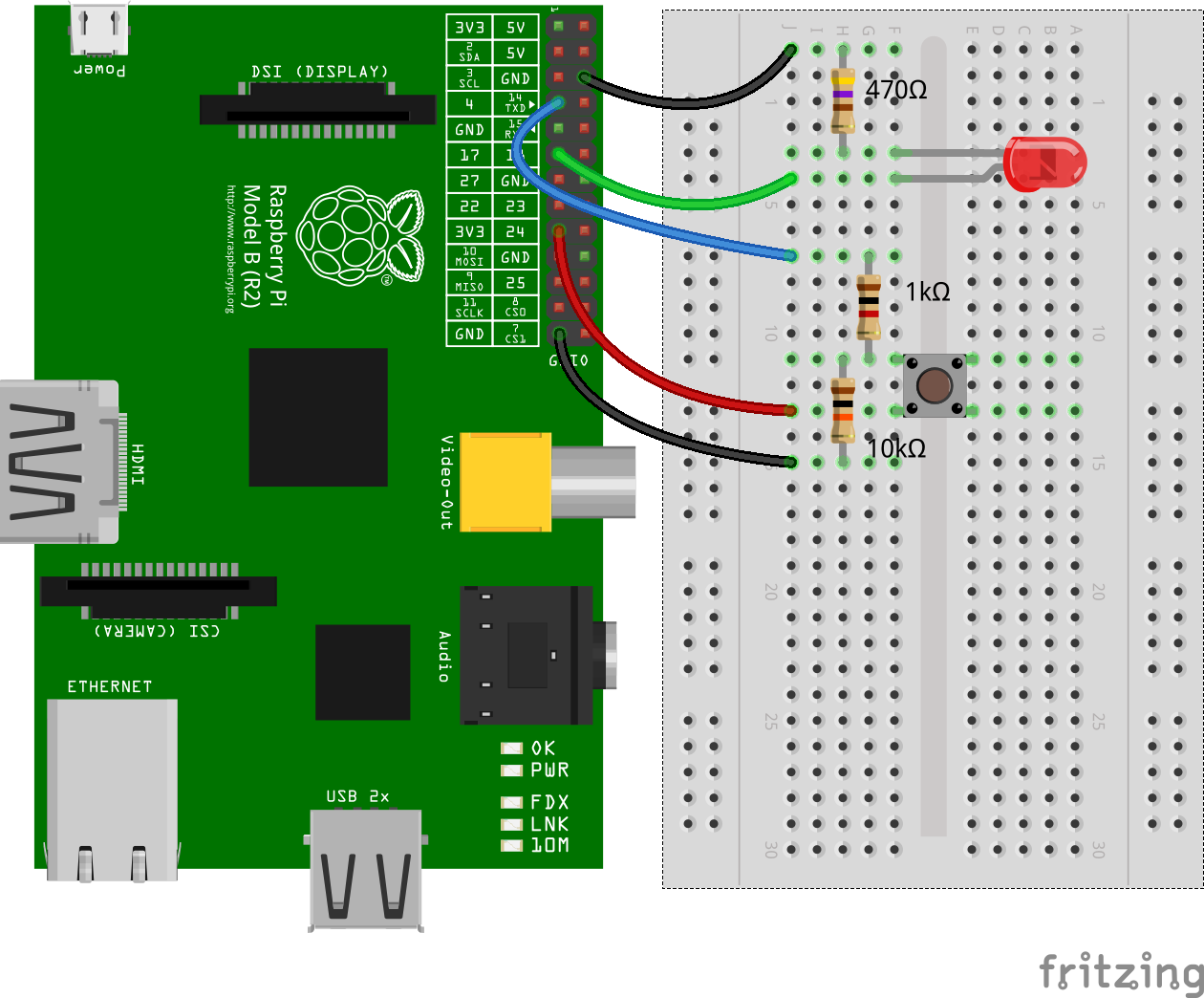
Pigpio Npm

Gpio Raspberry Pi Documentation

Electrosmash Pedal Pi Raspberry Pi Zero Guitar Pedal

Raspberry Basics Project 29a Raspberry Pi Zero W Board Raspberry Pi Gpio Pinout At Acoptex Com Acoptex Com

Rpi Drive Servo By Pwm Wiringpi C Programming Raspberry Pi Forums
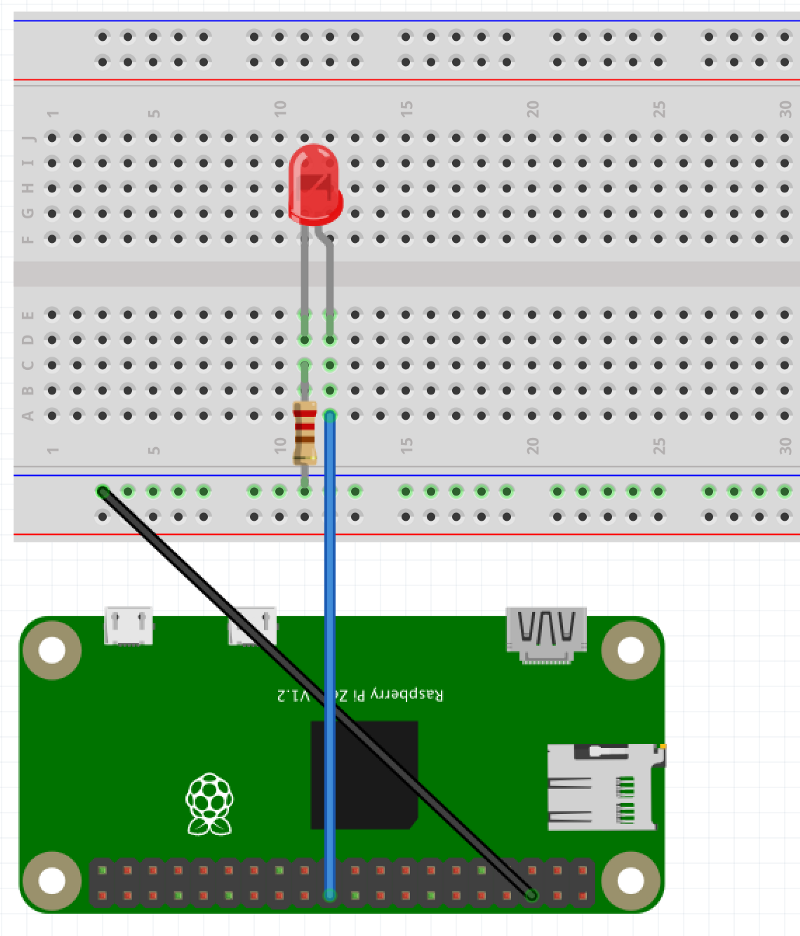
Controlling An External Led Using A Raspberry Pi And Gpio Pins

2 8 Inch Touch Screen For Pi Zero Geekworm

How To Use Soft Pwm In Rpi Gpio 0 5 2a Pt 2 Led Dimming And Motor Speed Control Raspi Tv
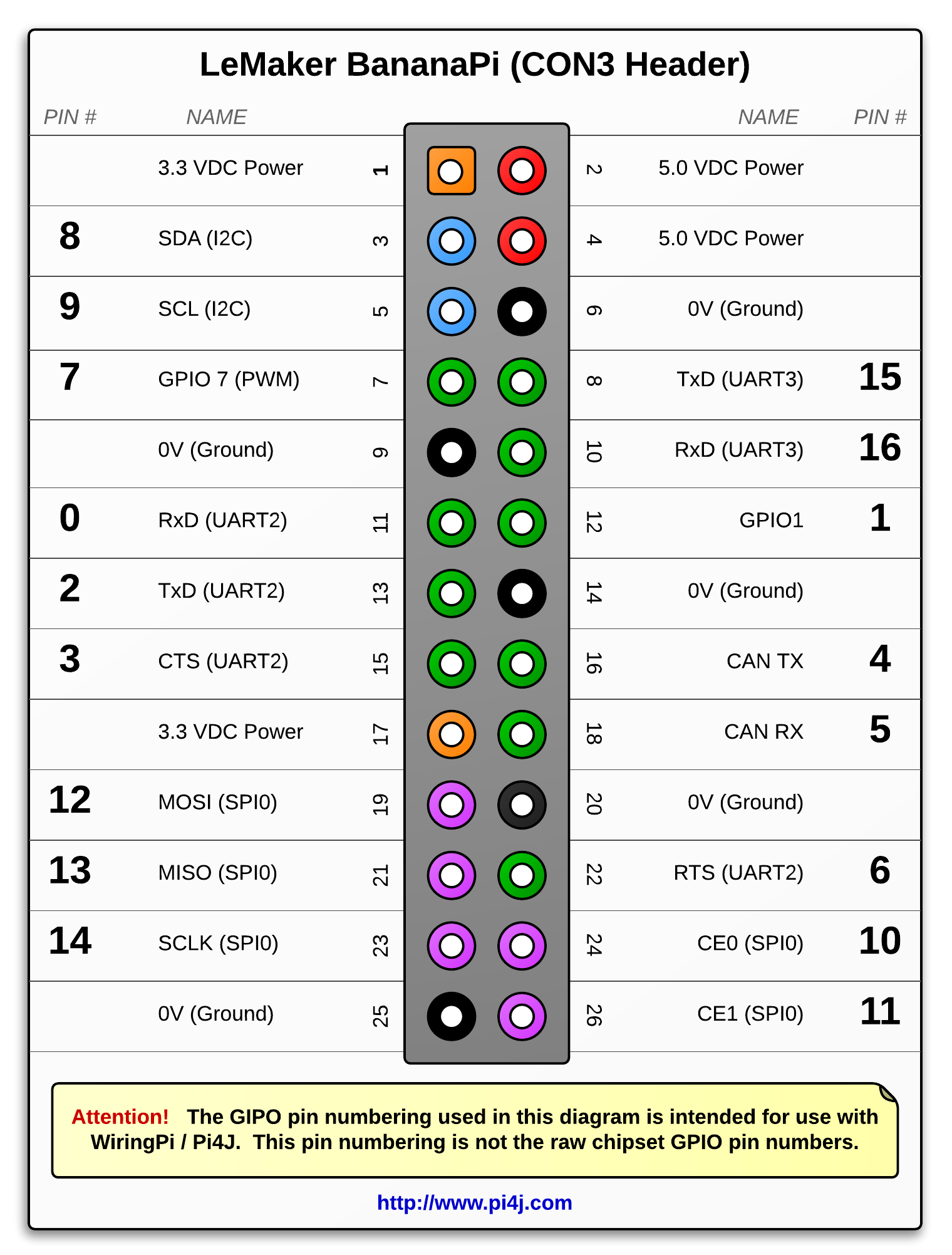
The Pi4j Project Pin Numbering Lemaker Bananapi

Gpio Raspberry Pi Documentation

Raspberry Pi Zero Audio Circuit Othermod

05 Setting The Gpio Hardware Pwm Frequency On The Raspberry Pi Youtube

Pulse Width Modulation Pwm On The Raspberry Pi With Python Programming

Raspberry Pi Raspberry Pi Pwm Generation Using Python And C Ras

Raspberry Gpio Learn Sparkfun Com

Hardware Pwm With Raspberry Pi Zero Codecubix

The Raspberry Pi Pwm Matlab Simulink
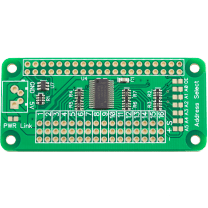
Servo Pwm Pi Zero At Raspberry Pi Gpio Pinout

Grove Base Hat For Raspberry Pi Zero Seeed Wiki

Adding Audio Output To The Raspberry Pi Zero Tinkernut Workbench Tinkernut Labs The Curious Mind Of A Tinkerer

Use Passive Buzzer With Raspberry Pi And Python Peppe8o
Github Ian57 Pwm Audio Pizero Overlay For Audio Output On Pi Zero Thanks To Pwm
1

How To Use Gpios On Raspberry Pi Simple I O Pwm And Uart Semillero Advanced Digital Technologies Upb Bucaramanga Colombia
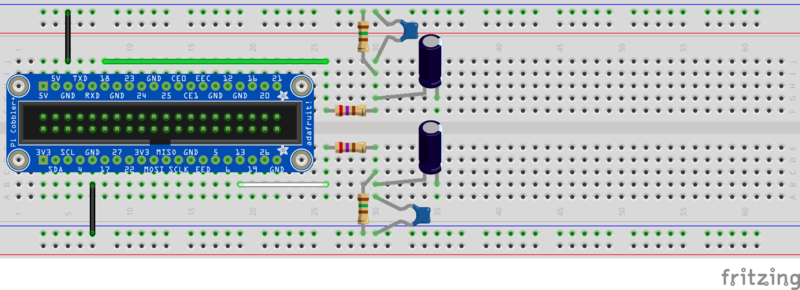
Pi Zero Pwm Audio Adding Basic Audio Ouput To Raspberry Pi Zero Adafruit Learning System
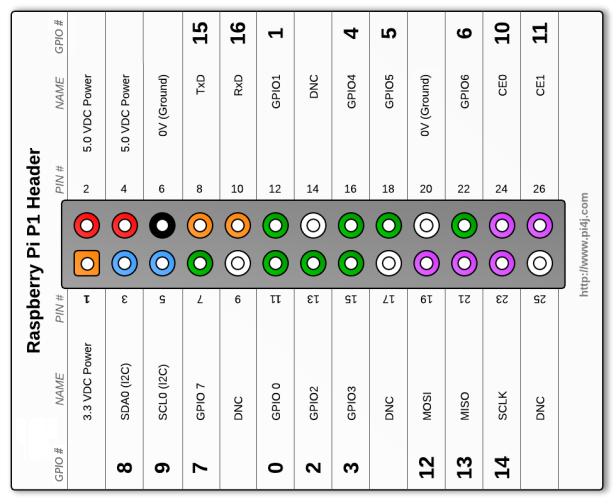
Bluej Adjustable Led Tutorial

Rpi Expansion Boards Elinux Org

Servo Pwm Pizero Addon The Pi Hut

Raspberry Pi Zero Gpio Pinout Specifications And Programming Language
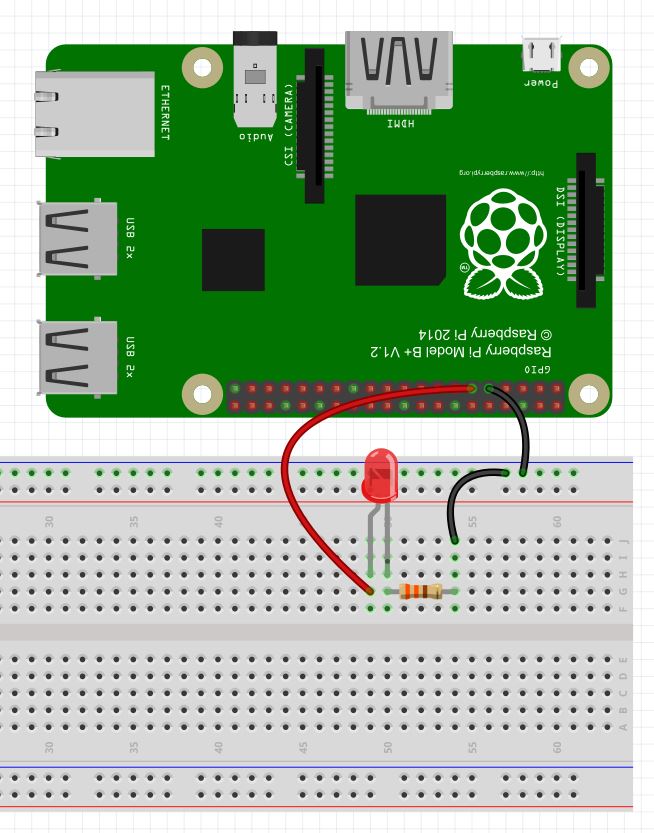
Raspberry Pi Lesson 27 Analog Voltages Using Gpio Pwm In Python Technology Tutorials

Controlling A Buzzer With An Rpz Raspberry Pi Zero Cookbook

Gpio Raspberry Pi Documentation

Which Gpio Pins Does The Pi Zero Camera Use Raspberry Pi Stack Exchange

Raspberry Gpio Learn Sparkfun Com

Raspberry Pi Zero Pwm Audio Pins Tinkerboy

Gpio In Scratch 1 4 Raspberry Pi Documentation

Using A Pca9685 Module With Raspberry Pi Aranacorp

Coughing Planter 8 Steps With Pictures Instructables

Pwm Audio Guide Sudomod

Electrosmash Pedal Pi Raspberry Pi Zero Guitar Pedal
Q Tbn And9gcqf8sbub1 Eowkevzl045zrtc9cxq7bc0kvtanwjye Usqp Cau
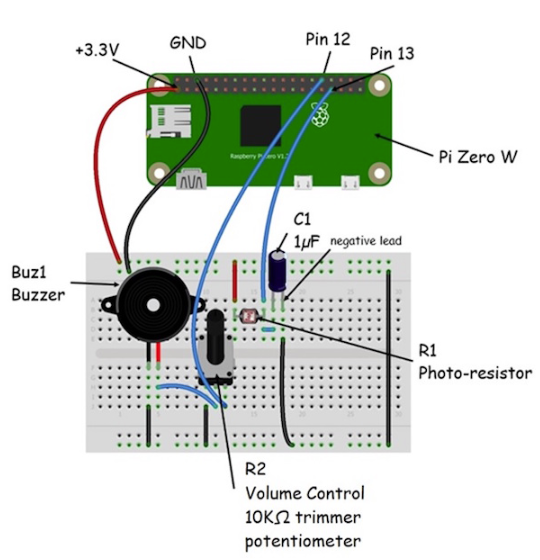
How To Build A Simple Object Detector With The Raspberry Pi Zero W Raspberry Pi Maker Pro

Software Pwm On Raspberry Pi Raspi Tv

Raspberry Pi Analog Inputs And Pwm Youtube

Raspberry Basics Project 29a Raspberry Pi Zero W Board Raspberry Pi Gpio Pinout At Acoptex Com Acoptex Com

Servo Pwm Pi Zero 16 Channel 12 Bit Pwm Controller

How To Get Started With Raspberry Pi Gpio Pins Learn Robotics

Raspberry Pi Pwm Tutorial Control Brightness Of Led And Servo Motor

How To Add Brightness Control For The 3 5 Gearbest Screen Tinkerboy
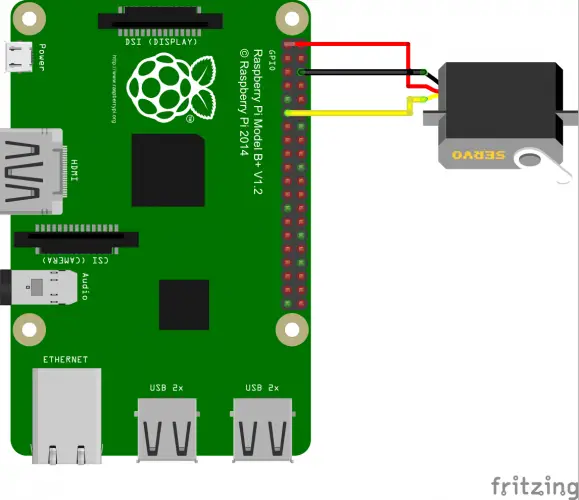
Raspberry Pi Servo Motor Control

Status Light With Raspberry Pi Zero And W2812 Led Strip My Personal Blog
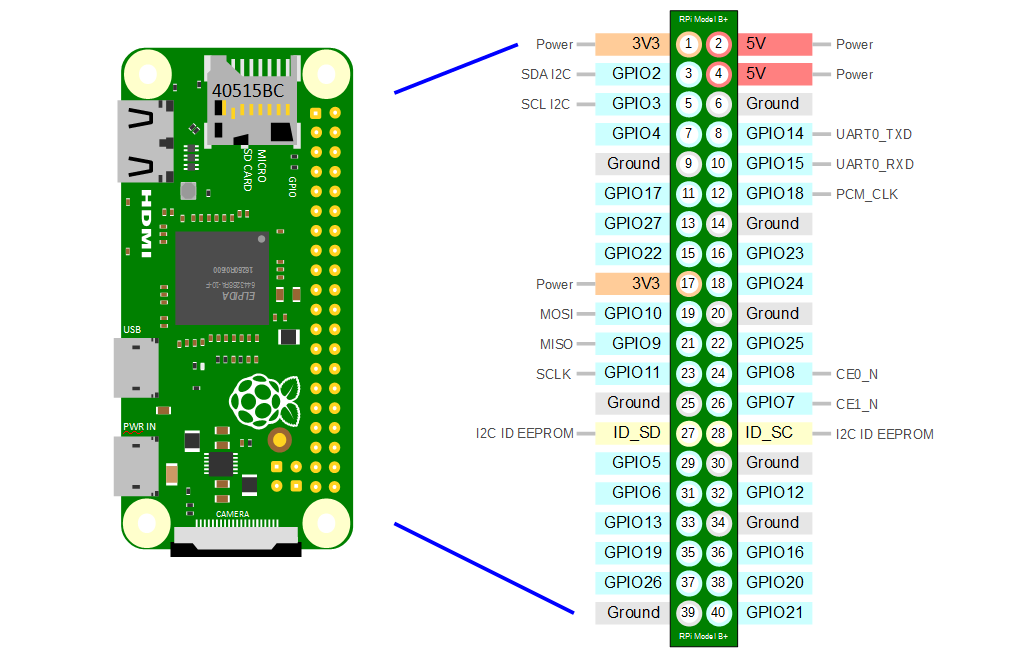
Project 19e Raspberry Pi Zero W Board Breathing Led At Acoptex Com Acoptex Com
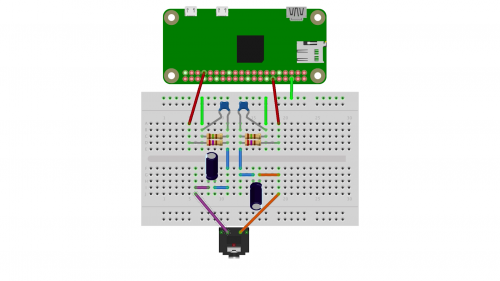
Tinkernut S Do It Yourself Pi Zero Audio Hat Raspberry Pi

Raspberry Pi Zero Audio Circuit Othermod
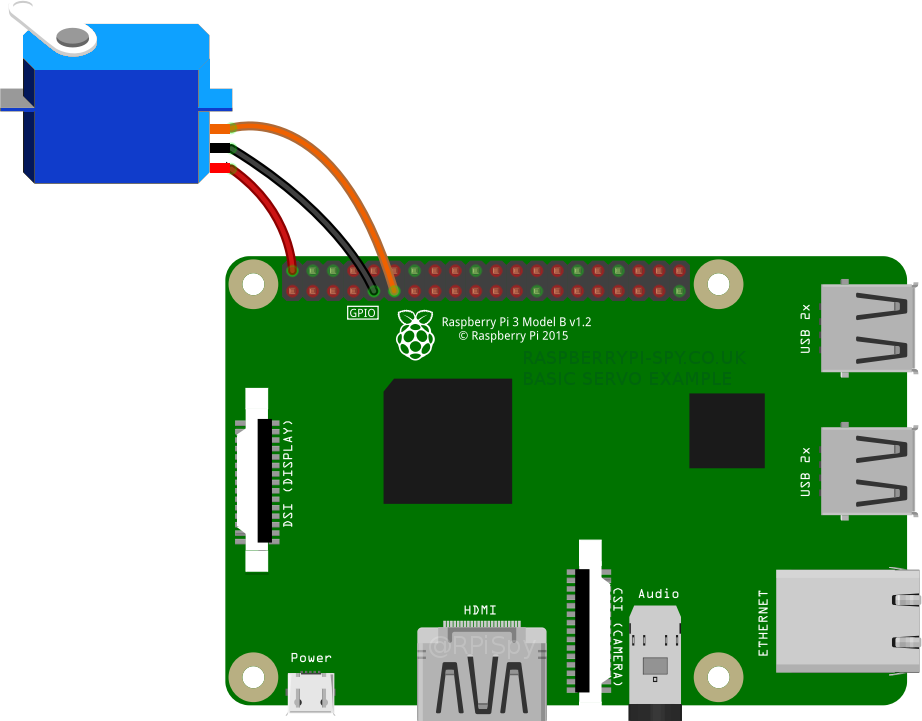
Basic Servo Use With The Raspberry Pi And Gpiozero Raspberry Pi Spy

Automatically Control Your Raspberry Pi Fan And Temperature Howchoo
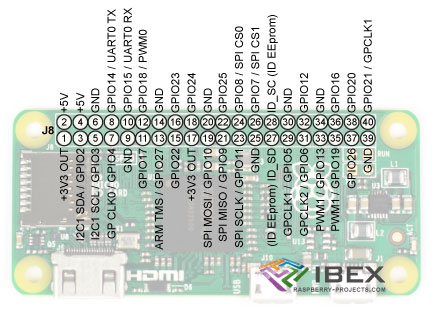
Rpi Zero Io Pins Raspberry Pi Projects

Raspberry Pi Zero Pi Zero W 2 8 Inch Fastest 60 Fps Hd Touchscreen Geekworm

Gpio Raspberry Pi Documentation

Pi Zero Pwm Audio Adding Basic Audio Ouput To Raspberry Pi Zero Adafruit Learning System

Raspberry Pi 3 Pinout Features Specifications Datasheet

Everything You Want To Know About Raspberry Pi Gpio But Were Afraid To Ask Circuits

Pi Zero Pwm Audio Adding Basic Audio Ouput To Raspberry Pi Zero Adafruit Learning System

Raspberry Pi 3 Pinout Features Specifications Datasheet
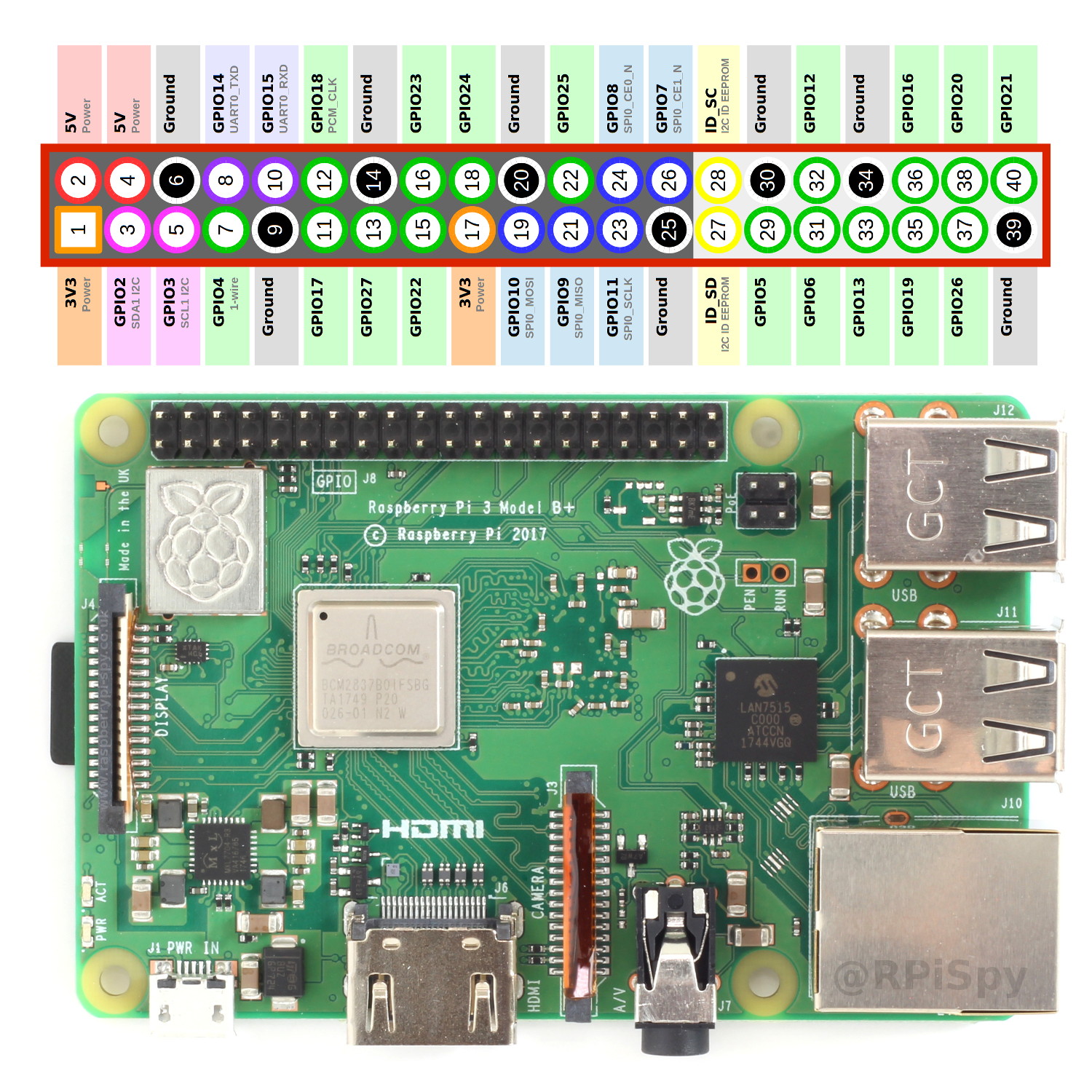
Simple Guide To The Raspberry Pi Gpio Header Raspberry Pi Spy

Pi Zero W Rover Setup Disconnected Systems

How To Connect Speakers Onraspberry Pi Wh Through Pwm Raspberry Pi Stack Exchange
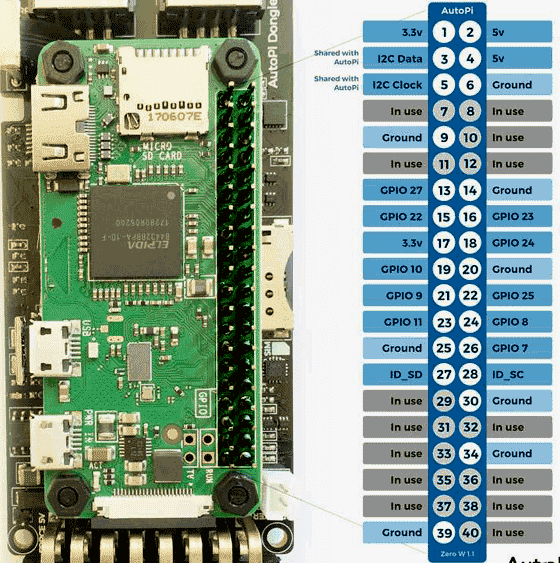
The Best Brain For Iot Projects Raspberry Pi Zero W Vs Arduino Vs Nodemcu Compared

Pca9685 16 Ch 12bit Pwm Servo Motor Driver Board Controller Iic Interface For Arduino Raspberry Pi Zero Zero W Zero Wh 2b 3b 3b And Robot 2pcs Amazon Com
2 Basic Recipes Gpiozero 1 5 1 Documentation

Raspberry Pi Raspberry Pi Pwm Generation Using Python And C Ras

Raspberry Pi Linux Lesson 27 Pwm Output On Gpio Pins From Python Youtube

Servo Driver Hat For Raspberry Pi 16 Channel 12 Bit I2c Straight Pinheader

Raspberry Gpio Learn Sparkfun Com
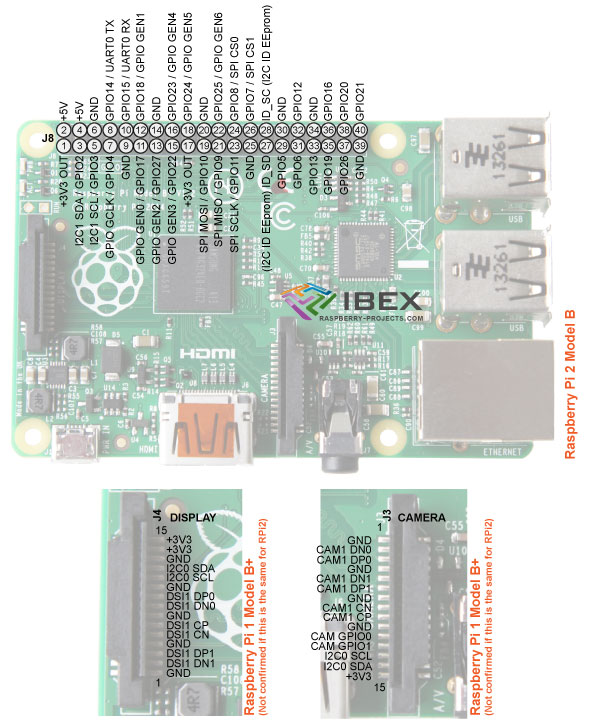
Rpi2 Model B Io Pins Raspberry Pi Projects

Hardware Pwm Pins On Pi Zero W Raspberry Pi Forums

Gpio Pwm For Raspberry Pi H Bridge Dc Motor Control Bluetin Io

Pin On Interesting

Pi Zero Pwm Audio Adding Basic Audio Ouput To Raspberry Pi Zero Adafruit Learning System

Raspberry Pi B Gpio Header Details And Pinout Raspberry Pi Spy

Software Pwm On Raspberry Pi Raspi Tv
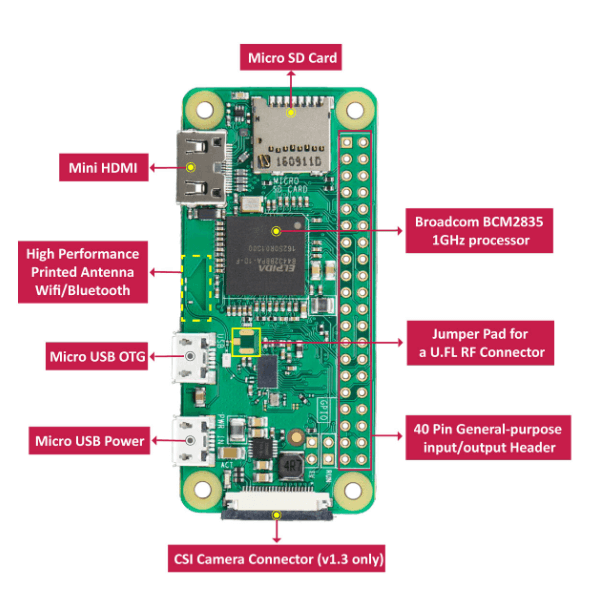
Raspberry Pi Zero And Zero W Guide Set Up Accessories Projects Latest Open Tech From Seeed Studio

Raspberry Pi 4 Gpio Pinout Raspberry Pi Maker Pro

How To Control A Dc Motor Or Motors Using Your Raspberry Pi Howchoo

Raspberry Pi Pwm Tutorial
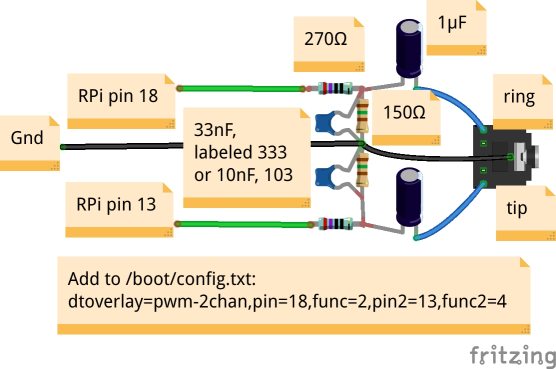
Audio Output From A Raspberry Pi Zero Shallow Thoughts

Problem Controlling Led On Gpio3 Raspberry Pi Stack Exchange
Q Tbn And9gcsgbcagw2yaa1 Xzzzx5pyowlg5cneg8qxpmmepwlf4 Wckg5ka Usqp Cau

Grove Base Hat For Raspberry Pi Seeed Wiki
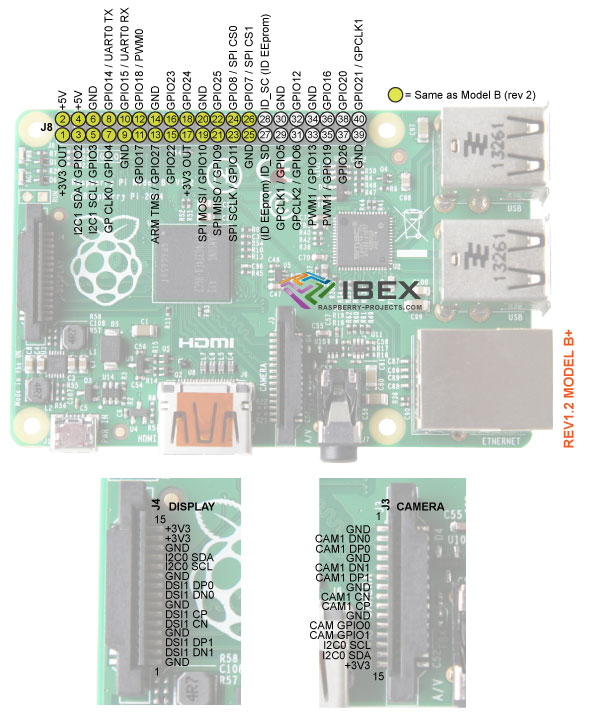
Model B Io Pins Raspberry Pi Projects

Gpio C Library Tips For The Raspberry Pi
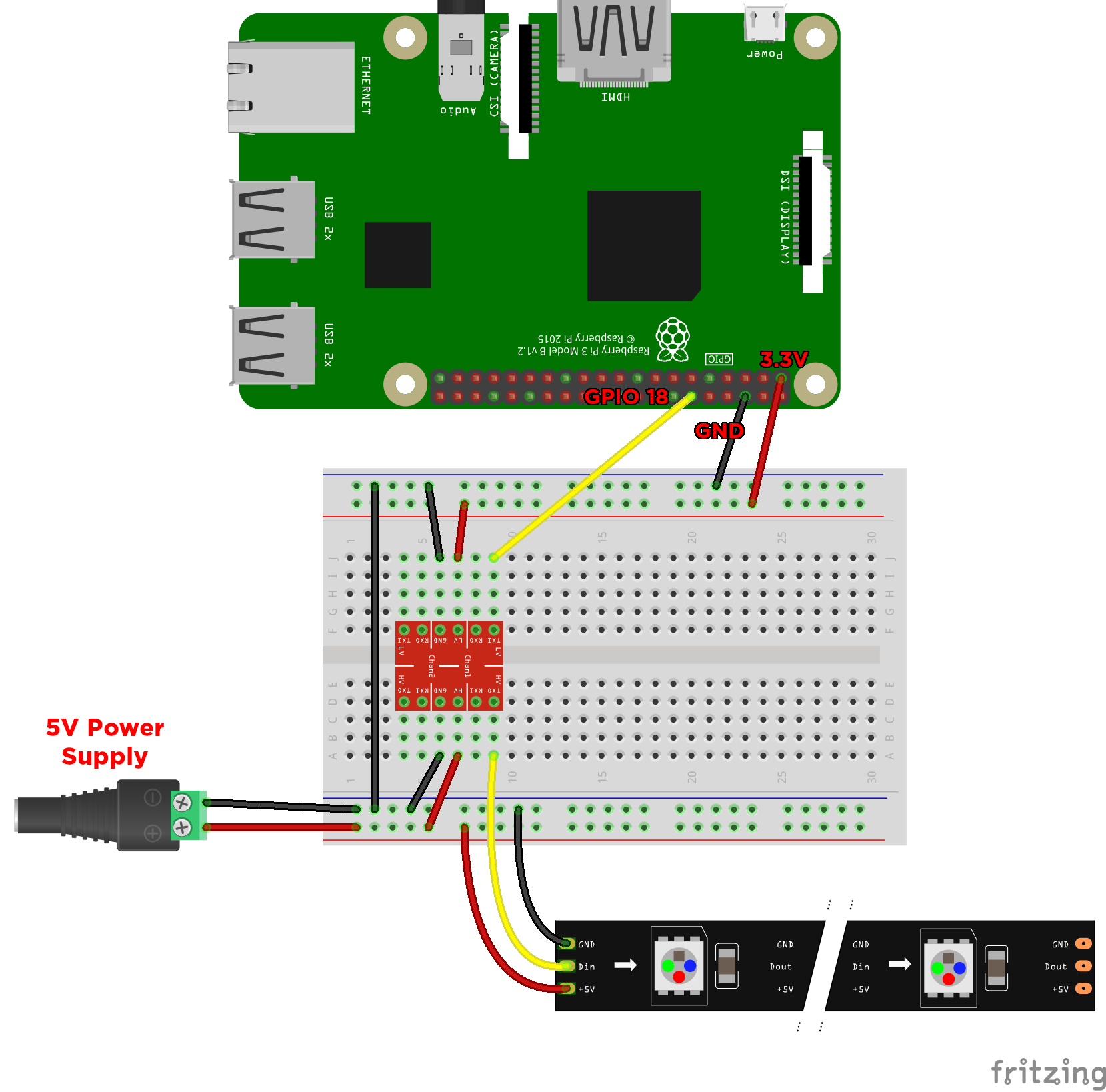
Ws2812 Neopixel Addressable Leds Raspberry Pi Quickstart Guide Tutorial Australia

Everything You Want To Know About Raspberry Pi Gpio But Were Afraid To Ask Circuits

Particle Datasheets Raspberry Pi Datasheet
2 Basic Recipes Gpiozero 1 5 1 Documentation
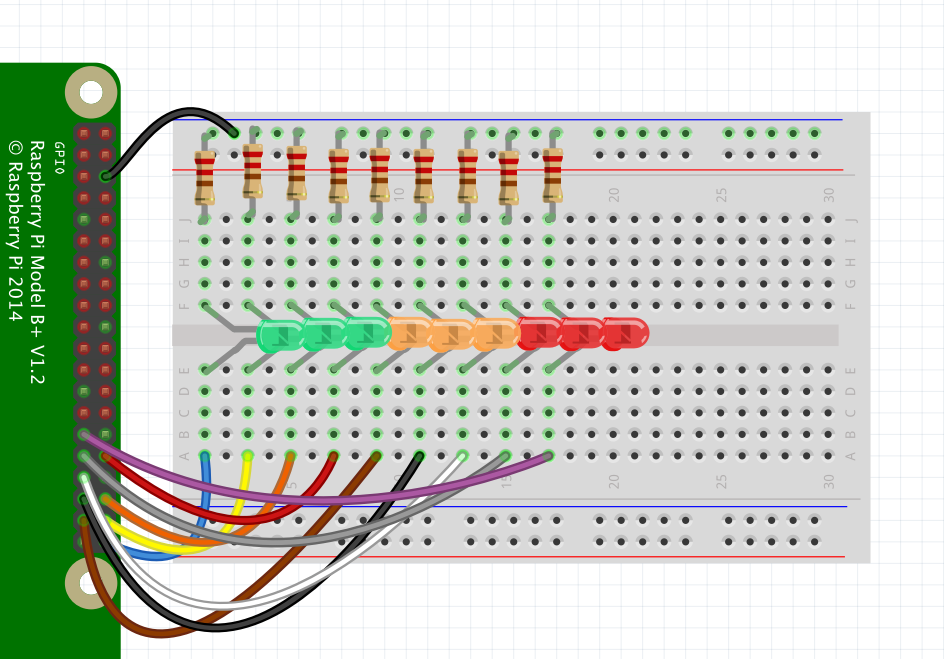
Fading Leds With Pwm On All Pins With Pi Zero Node Js Seb Lee Delisle

Which Gpio Pins Does The Pi Zero Camera Use Raspberry Pi Stack Exchange



